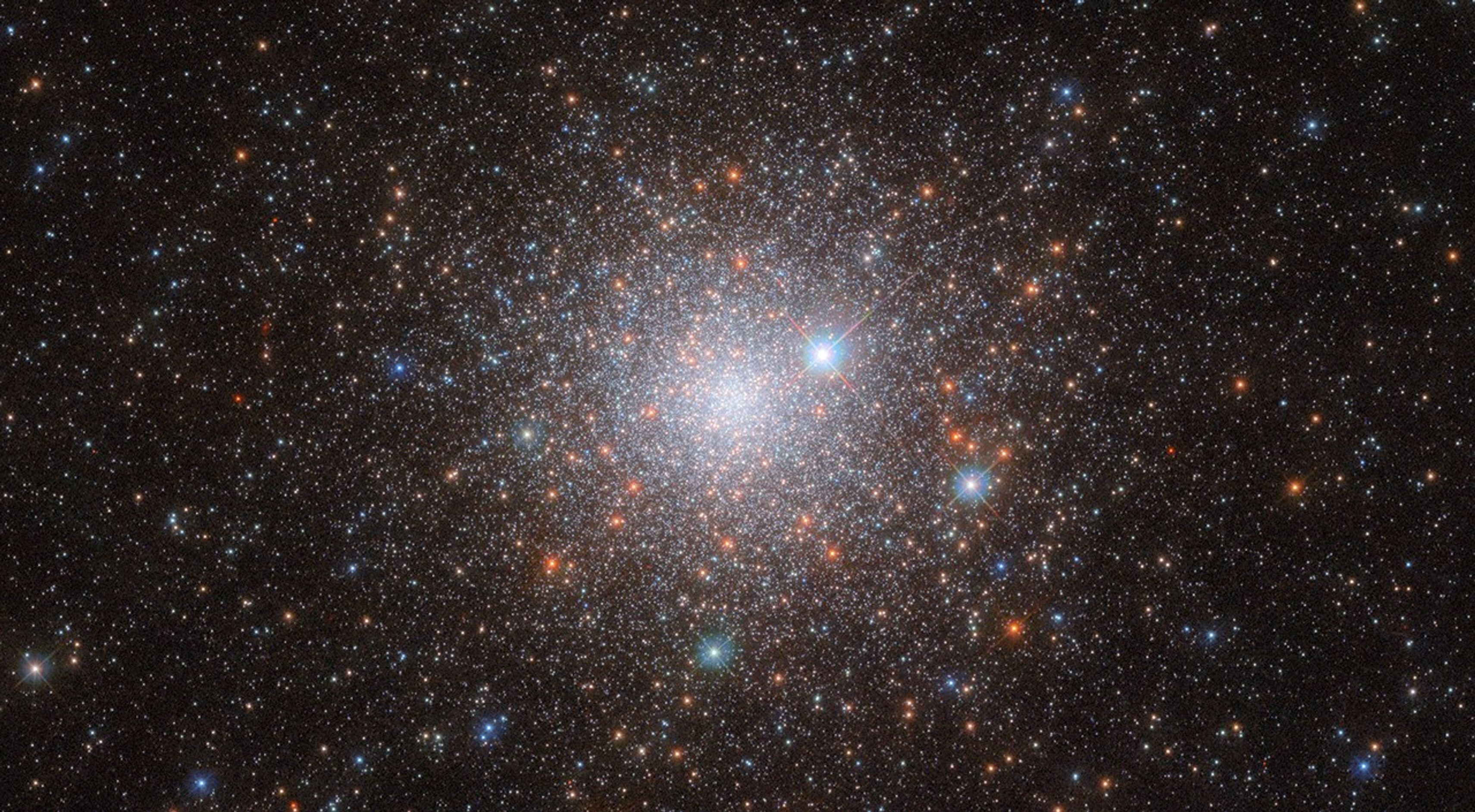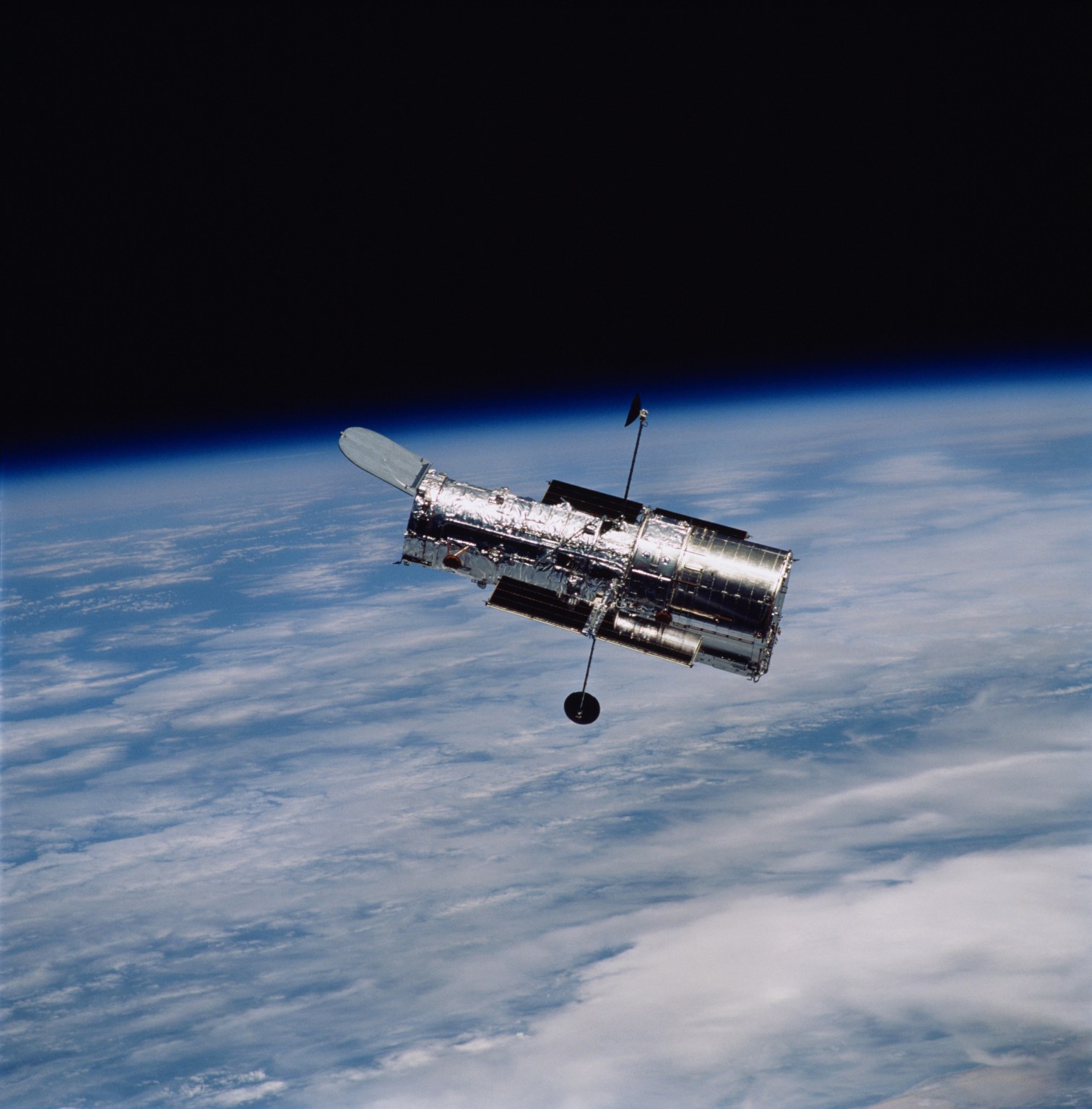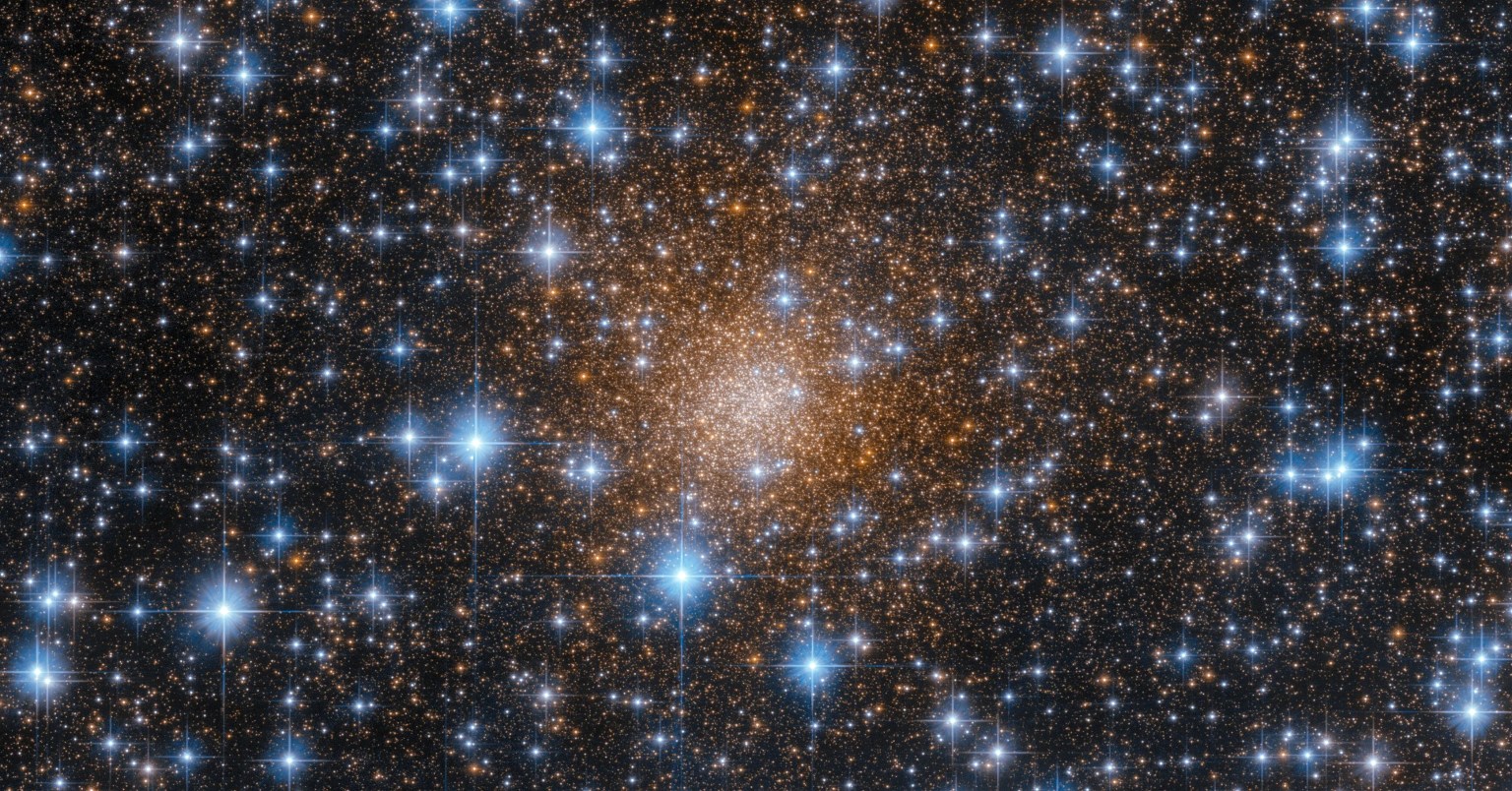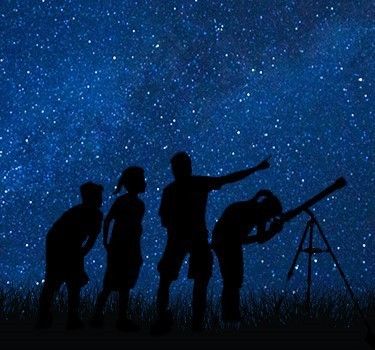2 min read
Hubble Digs Up Galactic Time Capsule
This NASA/ESA Hubble Space Telescope image features the field of stars that is NGC 1786. This globular cluster is located in the Large Magellanic Cloud (LMC), a small satellite galaxy of the Milky Way Galaxy that is approximately 160,000 light-years away from Earth. NGC 1786 itself is in the constellation Dorado. It was discovered in the year 1835 by Sir John Herschel.
The data for this image comes from an observing program that compares old globular clusters in nearby dwarf galaxies — the LMC, the Small Magellanic Cloud, and the Fornax dwarf spheroidal galaxy — to globular clusters in the Milky Way galaxy. Our galaxy contains over 150 of these old, spherical collections of tightly-bound stars, which astronomers have studied in depth — especially with Hubble images like this one, which show them in previously unattainable detail. Being very stable and long-lived, globular clusters act as galactic time capsules, preserving stars from the earliest stages of a galaxy’s formation.
Astronomers once thought that stars in a globular cluster all formed together at about the same time, but the study of old globular clusters in our galaxy uncovered multiple populations of stars with different ages. To use globular clusters as historical markers, we must understand how they form and where these stars of varying ages come from. This observing program examined old globular clusters like NGC 1786 in these external galaxies to see if they, too, contain multiple populations of stars. This research can tell us more about how the LMC originally formed, but also the Milky Way Galaxy, too.
Text Credit: ESA/Hubble
Media Contact:
Claire Andreoli (claire.andreoli@nasa.gov)
NASA’s Goddard Space Flight Center, Greenbelt, MD




